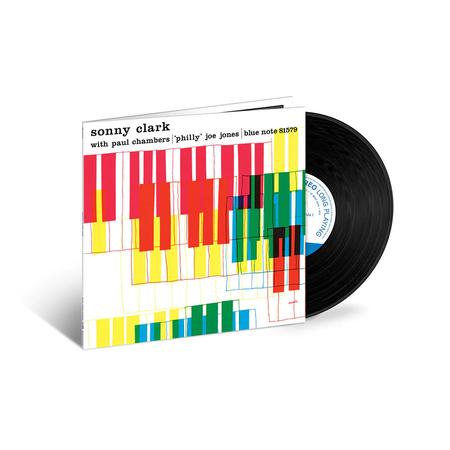Sonny Clark Shines in Trio Setting
"Cool Struttin'" may be the Blue Note ne plus ultra album but...
Sonny Clark's 1958 Blue Note release "Cool Struttin'" (BLP-1588) is rightly a Blue Note classic that epitomizes the label's musical heritage and ethos. The mono original is among the most sought after, collectible and costly original Blue Notes—an original went for almost $4500 on Discogs— (but I think the sonic signature forced upon it—dynamic compression and low bass attenuation with mid-bass boost —so it would track the inexpensive turntables of the day [something RVG detested] can only be favored among cultists and the mono "purity" is also misguided), but here, without the "distraction" of Art Farmer and Jackie McLean, the trio of Clark, 'Philly Joe' Jones and Paul Chambers allows Sonny to shine and the rays are bright!
The Hackensack living room recording October, 13th, 1957 is remarkable. Mic leakage puts you in the space, Rudy gets a clean, open sound from Philly Joe's drum kit and super-clean unusually nimble bass, but most remarkable is that Rudy delivers Clark's center stage piano as he rarely did in those days—excellent tonal balance, free of the typical "honky" sound Rudy often produced in that room, with a dollop of distortion on top. There's none of that! Instead the piano sound is well balanced, sporting plenty of wood and the upfront mix also lets Clark's funky craft shine.
Rudy caught a hard boppin' trio on fire that day playing standards and jazz classics (Dizzy's "Be-Bop", Dameron's "Tadd's Delight") capped by the 26 year old's sensitive solo take on the standard "I'll Remember April". Highly recommended for both music and stereo sound. Also some useful history in Leonard Feather's annotation. Of course the usual gatefold deluxe laminated "Tip-on" jacket presentation.












































.png)








